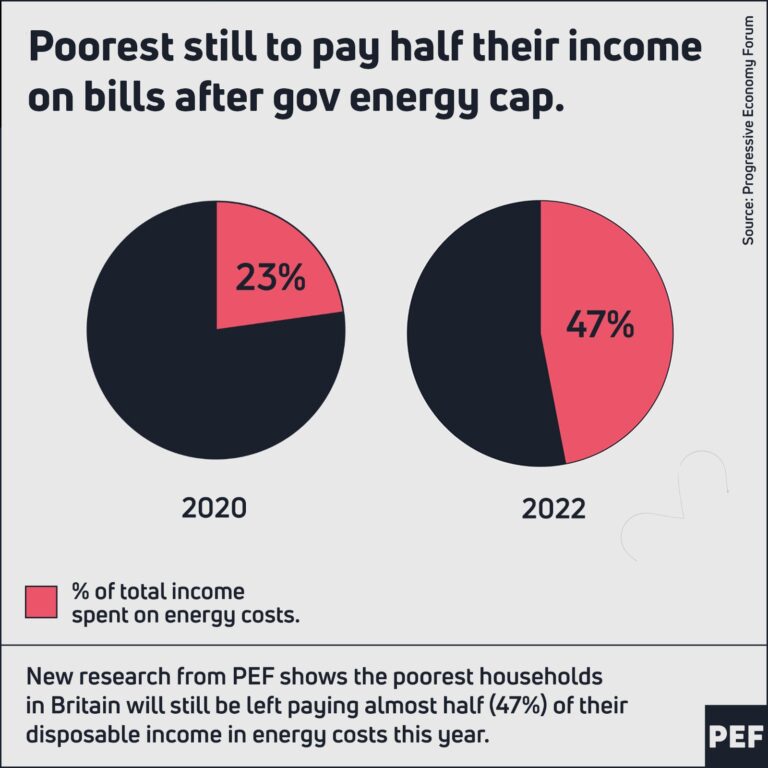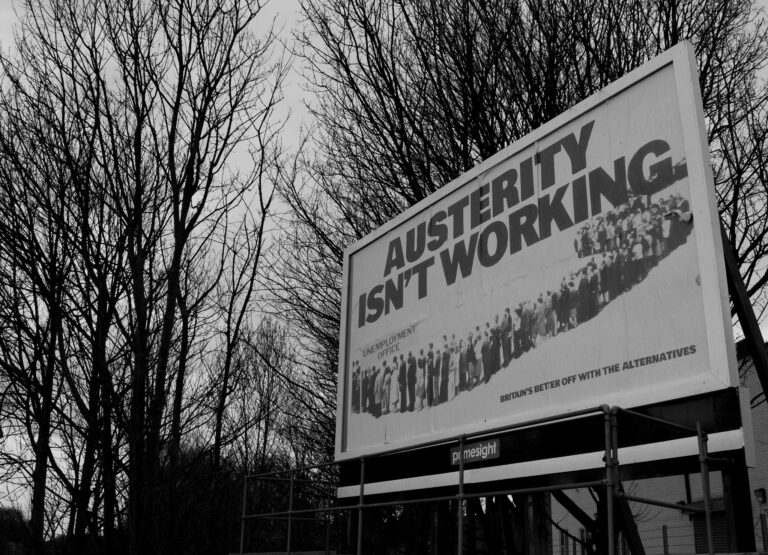In spite of being Merriam Webster Dictionary’s “word of the year” in 2010, with more than 250,000 online searches, the arguments about what austerity is – and what its effects are likely to be, in different sets of circumstances – rage on. In my new book, Austerity, we step back from the emotional reactions on both sides of the debate; and we carry out a much more forensic analysis, following the evidence – and only coming to a conclusion when all of it has been carefully sifted and considered.
Since austerity and public debt are inextricably linked, our analysis begins with the origins of public debt and central banking, back in the 17th century, when attitudes about debt were as polarised as they are now. We then examine shifts in both the uses to which government debt has been put, and responses to the questions of how, when, and under what circumstances – or even if – a government’s budget should be balanced.
During this long historical period, we consider the shifting economic dynamics of capitalism, as it evolved from a largely agrarian, to an increasingly industrial, to a financialized post-industrial economic system. These have changed beyond all recognition since the time of Adam Smith and his contemporaries, who were among the first to theorise austerity. When they were writing, public debt was mainly used to fund temporary military activities. The emergence of the welfare state during the early 20th century changed all this, as governments assumed an increasing (and increasingly financial) role in the economy, with a permanent budget commitment to providing some level of social security.
Austerity unpacks these inter-related developments and questions, as well as the arguments for and against fiscal tightening – which, unlike attitudes towards debt, economic dynamics and social structures – have actually changed very little over time. We then move away from ideas and history to study the actual, measurable effects of austerity.
Almost uniquely, my book includes a chapter on National Accounting, which looks at the effects of austerity (and stimulus) on both GDP and the governmental and private sector’s budget balance. As a result, it becomes much easier to understand not only what the results of austerity are likely to be, but also the influence of other factors on the outcomes of fiscal policy, such as the rate of economic growth and the fiscal multiplier, something that is very hard to calculate without the benefit of hindsight.
To dig deeper into the question of the likely effects of austerity, I’ve constructed a set of comparative case studies, of countries that, since the First World War, have either embraced austerity to confront the economic and political challenges they faced, or had it forced upon them as a condition for financial assistance. We also examine cases where governments chose an alternative path to austerity. Our aim is to assess the outcomes realized in the light of the objectives, stated or otherwise. We also consider questions, like “how much debt is too much”? Although politicians have tried to put numbers to this – especially since the 2008 financial crisis – the cases reveal that the political economics are far more nuanced; and whilst some countries, like Greece, encountered difficulties with debt in excess of 100% of GDP, others, like Japan, sailed serenely on with well over twice that amount.
From this, it becomes clear that it is not necessarily a question of whether austerity is “good” or “bad”, but rather, in what circumstances fiscal tightening might be deemed appropriate (and effective), and when it is more likely to be counterproductive. There are not many hard and fast rules in economics; and austerity is no exception. Thus, my answer to the question of whether or not reductions in government spending (and/or increases in taxes) can ever be a useful policy is: “It depends”. There is little doubt that austerity is far more likely to coincide with the objectives of public deficit and debt reduction during a boom or established recovery, when GDP growth is strong enough to support it and when protections are in place to support the most vulnerable in society; and it will be counterproductive during a recession or a recovery that is not strong enough to withstand it.
But perhaps the most significant lesson to take away from our examination of austerity – in theory, policy and action – is the same as for any other economic policy: Before committing to an idea – and the policies informed by it – take a long, hard look at economic history; and check how well the theory fits the reality.








